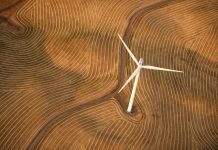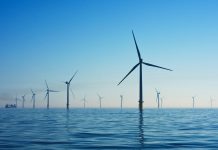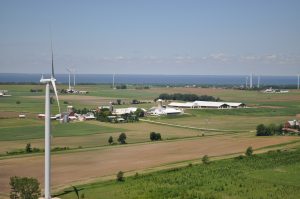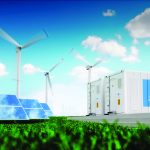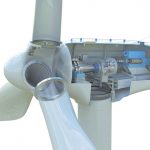Even though the energy produced by wind turbines is renewable, the sober truth is that much of the materials used to manufacture a turbine is anything but.
And as more and bigger turbines will be the norm for multiple offshore and land-based wind farms planned in the U.S., the need to acquire as much of these rare-earth materials will become an even larger necessity in the coming years.
A single industrial-size wind turbine can require as much as three metric tons of copper and permanent magnets composed of rare earths, according to Dan McGroarty, Advisory Board Member with USA Rare Earth LLC, a U.S.-based company developing the Round Top rare earth and critical minerals project in Texas. Of the 17 rare earths, a wind turbine uses about a ton of four of them: neodymium, praseodymium, dysprosium, and terbium. And even more copper is required for grid transmission.
“As you capture the wind, you need the metals and minerals and the elements I’m talking about, and then you’ll need even more as you pull it into the grid and move it,” he said. “And that doesn’t even scratch the surface. There are other smaller amounts of metals and minerals that are required. Then, you have a different set for solar. You have a different set for EV batteries, and varying chemistries for lithium-ion batteries. You have different metals and minerals required for geothermal. At the end of the day, it is a significant swath of the Periodic Table, which are now, as Department of Energy has sometimes called them, energy-critical elements.”
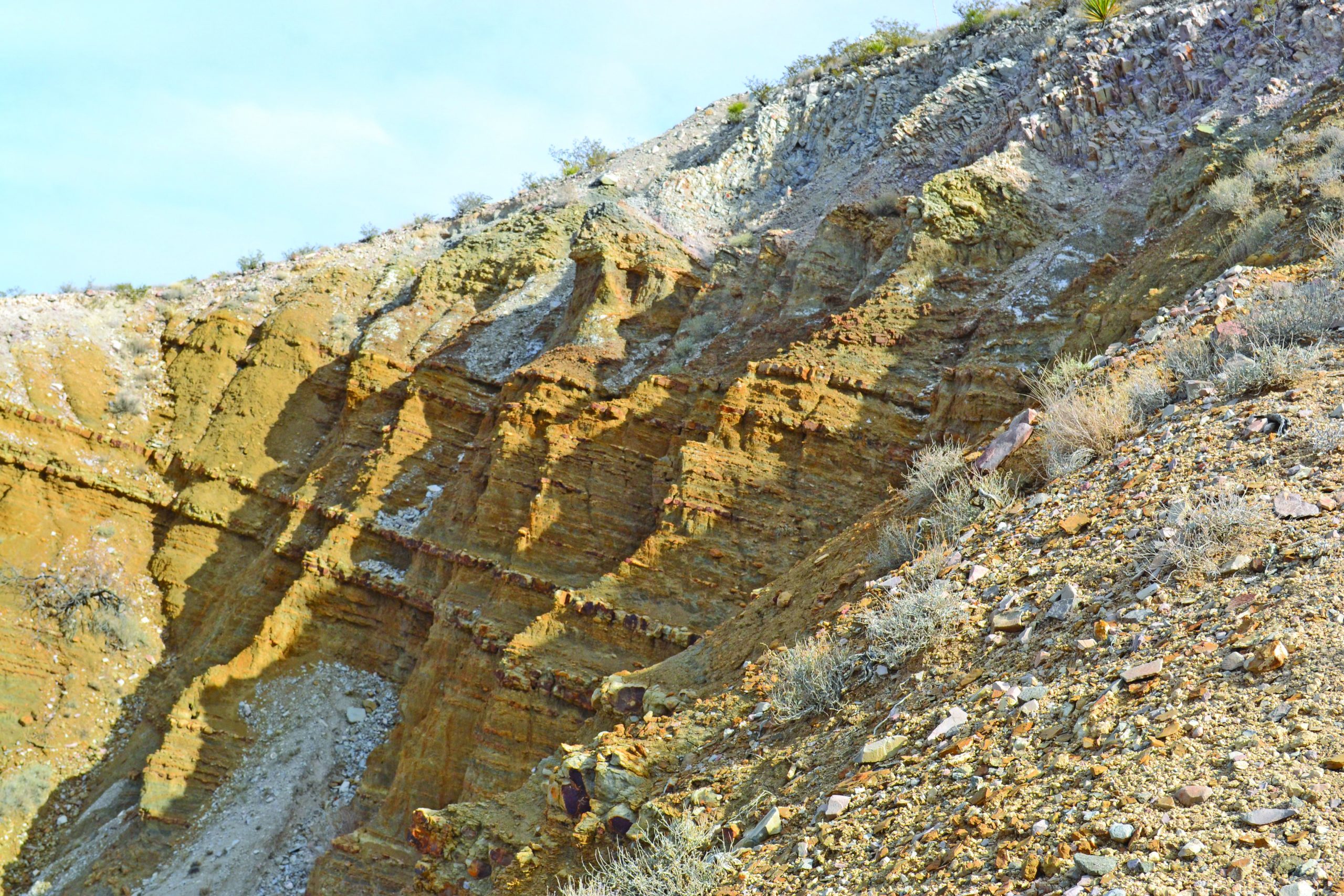
Materials Race
The need for these energy critical elements is setting off a tech materials race to aid in the transition to renewable energy that might become much more complex than the geopolitical competitions in the oil/natural gas era, according to McGroarty.
“I say far more complex because there are different types of oils — sweet and crude and light and so on — but here you’re really talking about 25 to 30 elements on the periodic table that come into play,” he said. “And every country will be scrambling for them.”
A recent report released by the International Energy Agency stressed the importance of making sure these critical elements will be available for the expected boom in renewable energy and its offshoot technologies.
The report, The Role of Critical Minerals in Clean Energy Transitions, is a comprehensive global study on the importance of minerals such as copper, lithium, nickel, cobalt, and rare-earth elements in a secure and rapid transformation of the global-energy sector. The report recommends areas of action for policy makers to ensure critical minerals enable an accelerated transition to clean energy rather than becoming a bottleneck.
“This is the world that USA Rare Earth lives in,” McGroarty said. “We do understand the targets to make the transition to a renewable economy; we know for a fact that’s going to ratchet up material demand. We know that, and that’s what we’re working toward. We’re working to alleviate that. This report says things like, ‘We’re going to need 10 times as much lithium as is produced in 2020 and 2021.’ If that report is incorrect, and we only need nine times as much, or if it’s wrong and we need 11 or 12 times as much, it’s still an enormous new demand. And the report should be very sobering to everybody who wants to make this transition about what it’s going to take to make it to happen and who will drive it. And by that, I mean, will it be the United States and our fellow industrial democracies, or will we be the buyers of systems made elsewhere?”
Chinese Foresight
And in the short term, China foresaw years ago that these energy critical elements would be involved in the next energy evolution, according to McGroarty.
“I suppose we would have to credit China with the foresight in seeing the rising requirement for this new group of metals and minerals more quickly, perhaps, than other countries in the world,” he said. “And after all, when you’re thinking about it that way, China as a command economy; it either sees this evolution, or it fails to see it. But in the industrialized democracies, it is only partly the governments that see it or fail to see it. In the industrial democracies’ world, we are dependent on our small and large companies seeing it and acting accordingly. So, it’s very asymmetrical, I would say, in terms of picking up on this.”
Even though China has access to much of the rare earths available at the moment, there are significant deposits in the West outside of China, according to McGroarty.
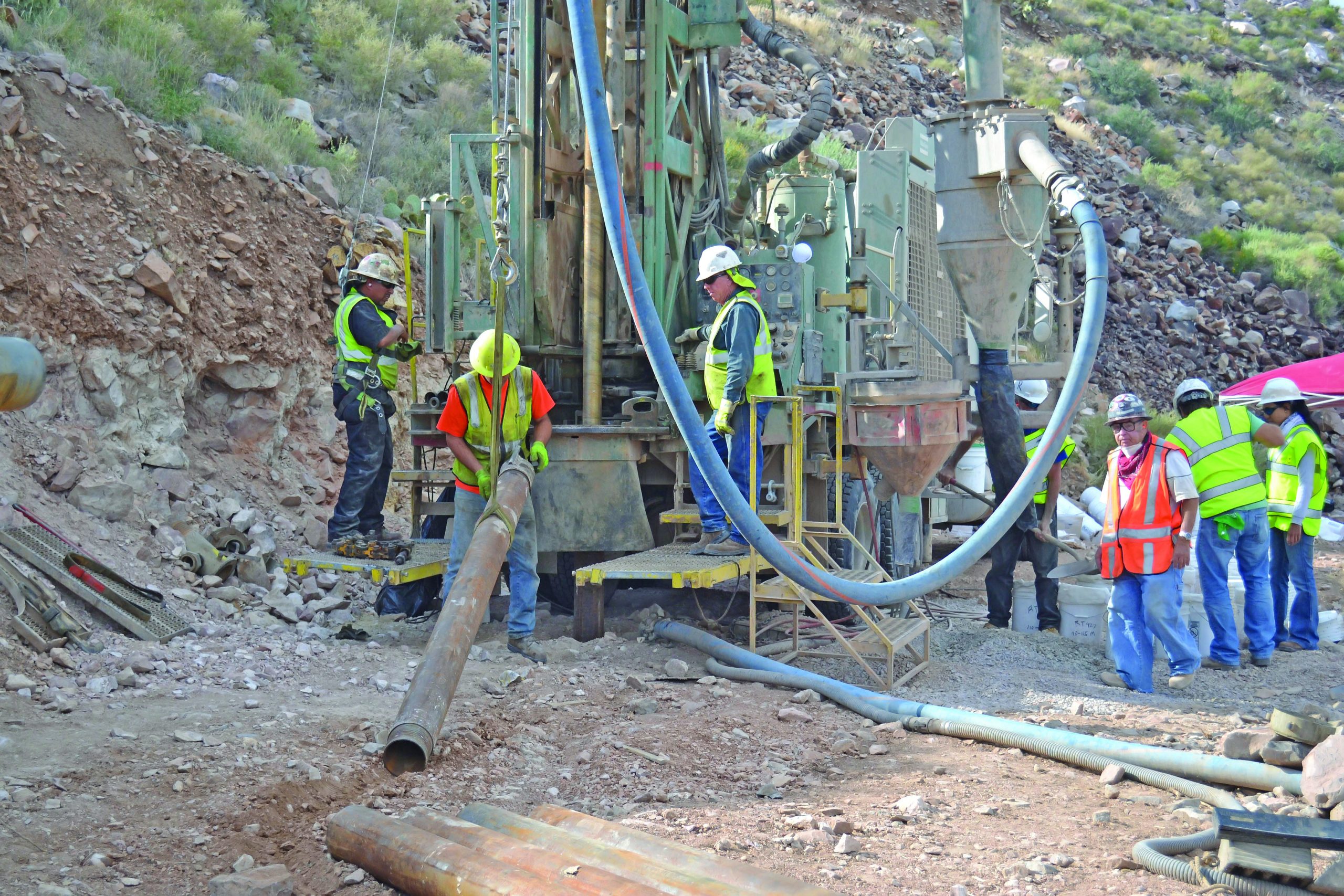
Round Top, Texas
For instance, McGroarty said USA Rare Earth is developing the Round Top Project in west Texas, where there is an abundance of rare earths, particularly the heavy rare earths that are seldom found in significant concentrations outside of China.
“Geologically, it’s very unique in that respect,” he said. “But the other point is that we, as a company, have decided that it is important to pursue this as a supply chain solution. The extraction happens in west Texas from Round Top, but once the rare earths come out, they then have to be separated, and then processed from a powdered oxide to a metalized form by alloying them with other metals and minerals — and ultimately into permanent magnets,” according to McGroarty, such as those used in EVs or wind turbines.
“But when China controls the manufacture of permanent magnets, then all the wind turbines that we want to transition to are going to be provisioned with Chinese-made permanent magnets,” he said.
In 2020, USA Rare Earth was able to acquire a permanent magnet manufacturing system in North Carolina owned by Hitachi Metals that was forced to shut down in 2015 due to the settlement of a rare earth trade dispute between China and Japan. The company will use this newly purchased system for permanent magnet production using materials obtained from its Round Top Texas location in addition to materials sourced from other US and foreign-based deposits, according to McGroarty.
“We bought that system, the only of its kind in North America, and are now in the process of re-siting and then recommissioning it,” he said. “We’re looking at a supply chain solution.”
Recycling and Reclamation
It may be somewhat of an irony that non-renewable material is needed for the creation of renewable energy, but the good news is multiple sources are available beyond mining rare earths from designated areas. There’s also recycling, possible element substitution, and mine reclamation, according to McGroarty.
“Reclamation is a category that doesn’t occur to people, but the minute you explain it, it kind of makes sense,” he said. “Let’s say there’s a copper mine from a hundred years ago where people mined copper for a long time, but they didn’t realize that, along with the copper, might come other critical minerals and metals. Those weren’t understood or weren’t even needed, and they ended up in a waste pile or the tailings. With reclamation, we’re going back in and cleaning those up and getting the ‘criticals’ that we know of in the year 2021, that we know how to get out. And secondly, we’ll do a better job now getting them out, technologically.”
The key to maximizing the production of rare earths is to know when to recycle, reclaim, or mine new materials outright, according to McGroarty.
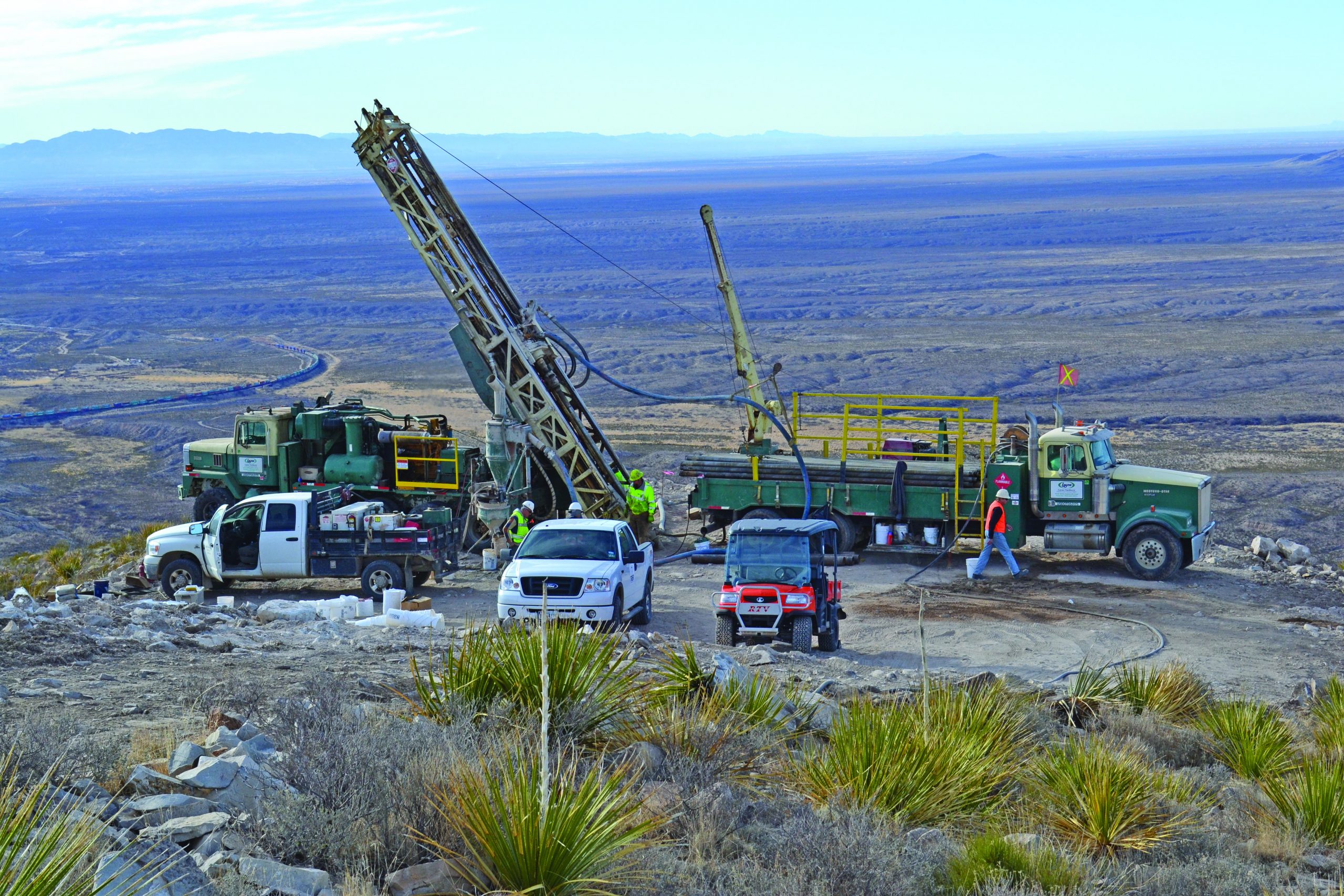
“We, as a company, are very attuned to that,” he said. “We’ve done this successful demonstration for the Department of Energy on precisely that. If someone said to you, ‘Let’s do this, but let’s only recycle, let’s not mine.’ We’re going to get a fraction-of-a-fraction-of-a-fraction-of-a-fraction-of-a-fraction. And as a math problem, you realize you get less and less and less in a world where we need more and more and more. So, I say, ‘Yes. Let’s recycle what we can, and let’s reclaim what we can. And then let’s mine primarily what we can.’ And then when we do mine, and we have a polymetallic deposit [at Round Top], let’s get every single metal and mineral out of that and not create new waste piles by being mono-focused on just one thing.”
Facing the Challenge
These different methods of obtaining rare earths for renewable energy production are the optimal way to face the challenge, according to McGroarty.
“As a country, if we look at things like the IEA report and say, ‘Oh my gosh, we’re going to need massive amounts of this stuff,’ then let’s get it from our old cell phones or laptops; let’s get it from new mines; let’s get it from old mines’ waste piles,” he said. “I had a conversation very early on with one of our senior people who is working with USA Rare Earth, and I said, ‘so we separate out the rare earths from the waste stream….’ And he cut me off and immediately corrected me: ‘That is not a waste stream; that is a work stream. The minute the rare earths come out of it, it’s a work stream for the lithium that we’re going to get out of it, and the gallium and the other criticals.’ He was very bothered that I called it a waste stream. He said, ‘That’s the kind of thinking we can’t afford anymore.’”
History of Leadership
The U.S. was a world leader in rare-earth production more than 30 years ago, and, for a variety of reasons, that advantage waned, according to McGroarty.
“That happened at the worst possible time, because it was just years before the miniaturization of computing and all of the other applications that have since developed,” he said. “And around 1992, Deng Xiaoping said, ‘The Middle East has oil. China has rare earths.’ And at that moment in time, nobody knew what the man was talking about. But the U.S. was exiting the market. That makes it sound like the U.S. made that choice to exit a market, but it just allowed it to happen. And the Chinese focused on it. And China called these new materials, this whole group, they don’t use the phrase, critical minerals, they call them new materials. And I think that’s interesting because they’re metals and minerals, but the Chinese see them as materials. They see them as inputs into the technology manufacturing supply chain.”
Industrialized Democracies Taking Point
Even though the current situation in China gives that country many advantages with critical minerals, that does not mean there is no potential in the U.S., Canada, Australia, and other industrialized democracies, according to McGroarty.
“The IEA report says this transition to zero carbon will turbocharge the competition for critical minerals, so the question is going to be whether the U.S. and other industrial democracies are going to be able to move from more of a standing start to get back into these spaces,” he said. “And sometimes, depending on the metal or mineral, the rare earths getting more and more attention are the core of the materials that USA Rare Earth is developing in its project in Southwest Texas at Round Top.”
Sourcing rare earth materials, whether that be through new mines, recycling, or reclamation, is just part of USA Rare Earth’s mission to become a solution to keep from having to depend on China and other countries for the United States’ rare-earth needs, according to McGroarty.
“(With reclamation), you’re going to get to a point where it is waste, but before you do that, you can use innovation and all of the advantages that American enterprise brings to these efforts to get every last element out that we can, so that we don’t have this dependency,” he said. “Long-term, I’m hopeful, and obviously USA Rare Earth is working to be a positive part of the supply chain solution, but near term, we have as a country, a very serious issue. Because all the things we want to do — excel in manufacturing, make the transition to a carbon net-zero economy, take care of the health of the planet, provide jobs for people who live in this country — it’s going to be really hard to do that if we don’t have the materials out of which the solutions and the answers have to be made.”
Feeding the Physical System
Ultimately getting power from wind requires a physical system: What is it? Who makes it? What metals and minerals is it comprised of? That means, according to McGroarty, moving beyond technology from the 1950s, ’60s, and ’70s. The IEA was founded in the wake of the oil crisis of 1974 to figure out how to deal with an oil embargo, and now it’s warning the world about critical minerals.
“Yes, the power of the sun and the wind is inexhaustible. But to capture that energy, to make it usable, we have to pull it into storable forms and move it through a physical grid to the people who need it when they need it,” he said. “And that is the material-intensive part. But, for the first time maybe in human history, we’re marrying innovation and ingenuity to these renewable and endless and non-damaging sources of energy. We’re not burning something. It is the sun; it is the wind. As long as we have a supply of the metals and minerals to create the systems, we can harness that energy and deliver it.”

















